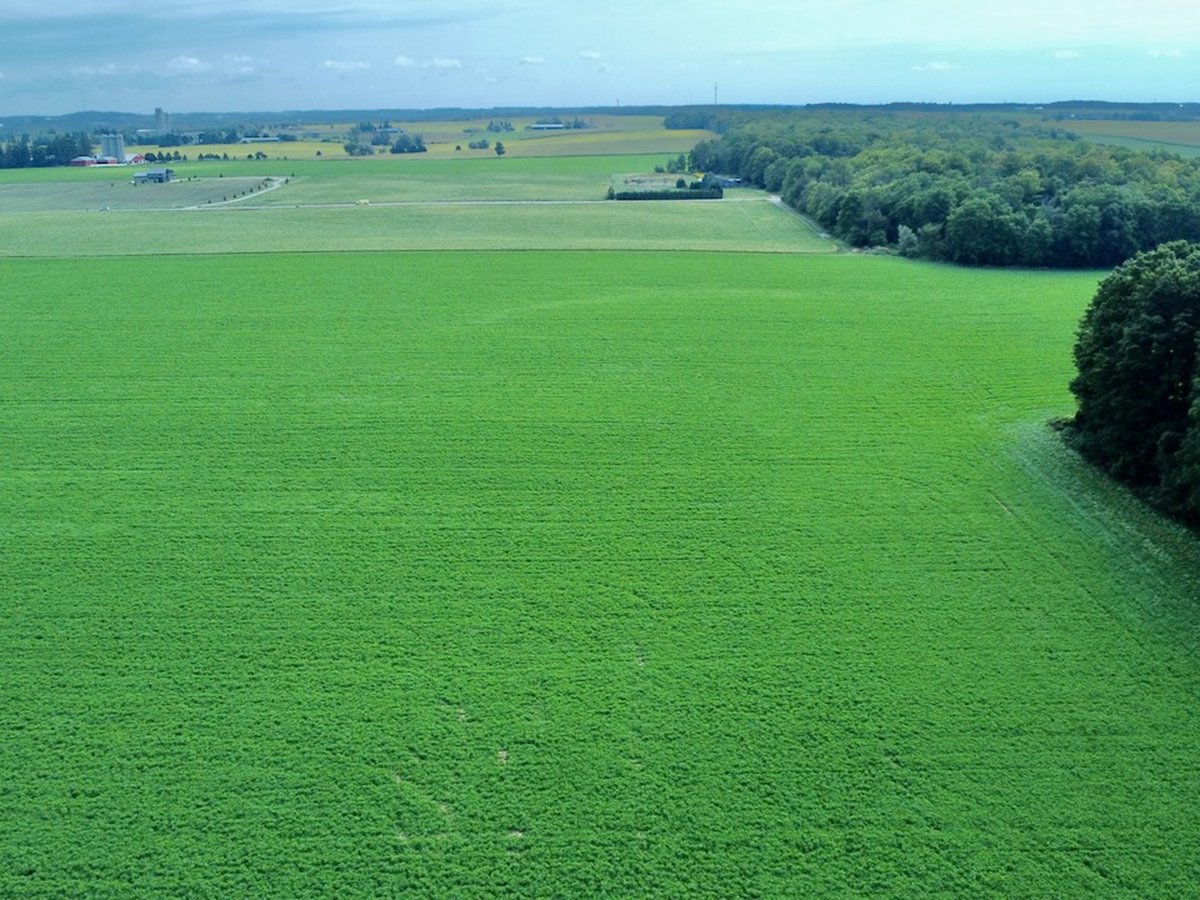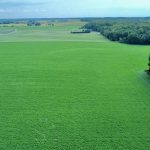CONSUL, Sask. – Half the cows that came out of a field at the Nashlyn PFRA pasture in southwestern Saskatchewan last fall were open, leaving patrons fuming and pasture officials investigating.
The suspected culprit is trichomoniasis, but Hugh Cook, head of livestock management for the Prairie Farm Rehabilitation Administration, said tests on the bulls used in that field aren’t complete.
“We’ve tested once,” he said.
“They’re all negative, but that’s not uncommon.”
Trichomoniasis is a venereal disease that is difficult to find. It causes infected cows to abort, which goes unnoticed in a pasture.
Read Also

Canadian Alliance for Net Zero Agri-Food launches farm resilience pilot projects
CANZA, the organization funded by some of the leading food industry companies to encourage resilient and regenerative practices on farms, announced how its programs will work on Oct. 7.
Cook said the second of three planned tests have just started.
About 200 of 400 cows from the Nashlyn field were open when they returned home. Eleven PFRA bulls were in the pasture as well as three rented bulls.
Bob Maines had 56 open cows from the field and estimates his losses at $40,000.
“You talk about cheap grazing,” he told a Jan. 23 meeting in Consul, referring to lower grazing fees in PFRA pastures when compared to other options.
“This is devastating, to say the least.”
Maines said there were 29 dry cows in a Black Angus field the previous year.
He said PFRA employees knew there was a conception problem at the time, but did nothing except move the bull.
PFRA is obliged to provide reasonable care consistent with good livestock management, he added.
“There was no good livestock management there.”
He suggested PFRA get rid of its bulls and use only patron bulls.
Rick Gaube, PFRA manager of land management, said the organization has invested $7 million in bulls, and eliminating all of them isn’t practical.
Beginning this spring, however, all 3,000 PFRA bulls will undergo a breeding soundness evaluation, he added.
Cook said trichomoniasis has recurred in PFRA pastures since it was first found in Excel near Assiniboia, Sask., in 1993.
“We’ve culled $800,000 to $900,000 worth of bulls because of trich,” he told the meeting.
Producers should keep bulls and cows separate when they take them home for the winter.
One person at the meeting noted that many producers don’t follow this practice, which he called irresponsible.
“It’s management at home,” said another.
“You’re not going to clean it up in the pasture.”
Resting cows through three to five heat cycles can clean up the disease. Young bulls can often clean themselves up as well, but older bulls must be culled. Culling open cows and heifers will eliminate potential carriers from a herd.
Cook said that even though PFRA has culled bulls “like crazy,” trichomoniasis continues to show up in pastures.
Gaube said no compensation is available to producers such as Maines.
An earlier attempt to convince all pasture patron advisory committees to semen test bulls wasn’t successful. About half of them test.
He said mandatory breeding soundness evaluations for all PFRA bulls should help.
“I want to make sure that we’ve done everything we can to make sure that our bulls are up to snuff,” he said.
“Enough things go wrong even when the semen test is good.”















